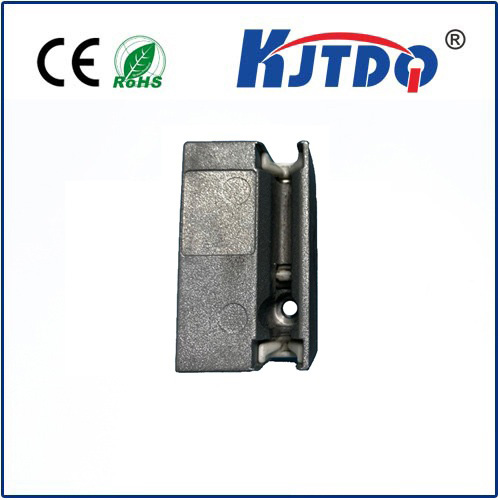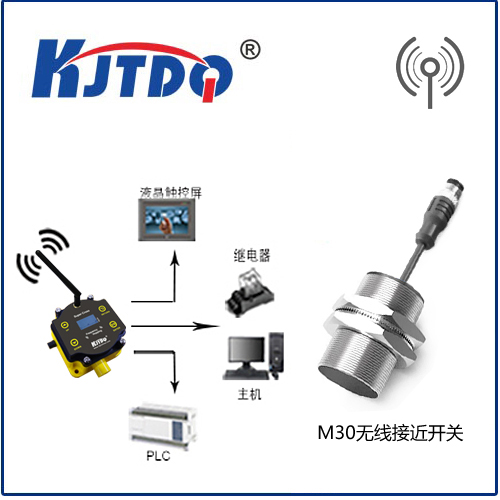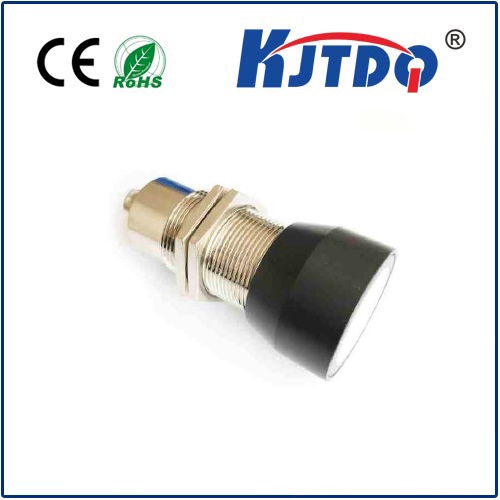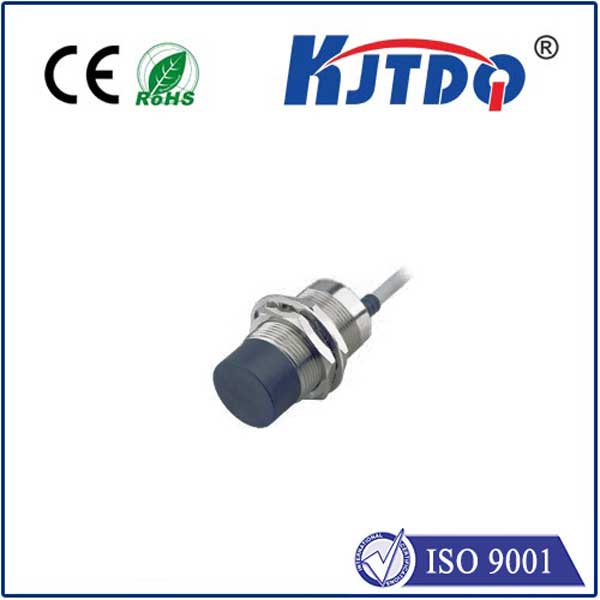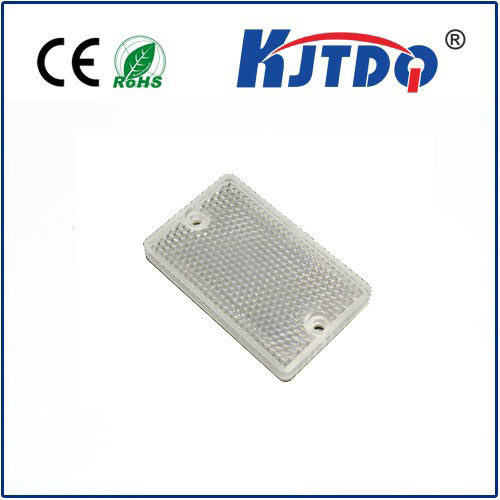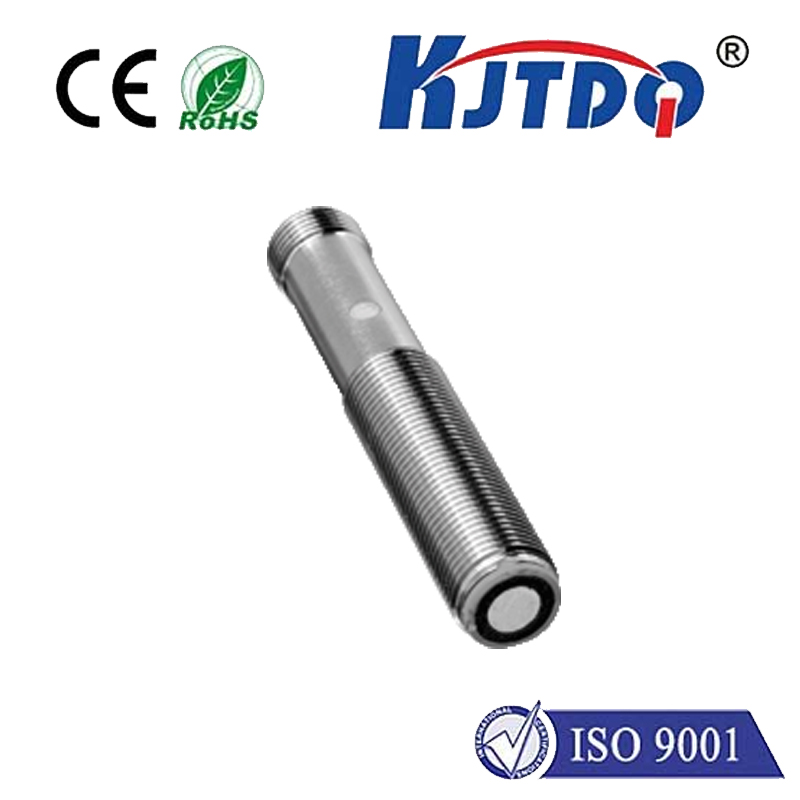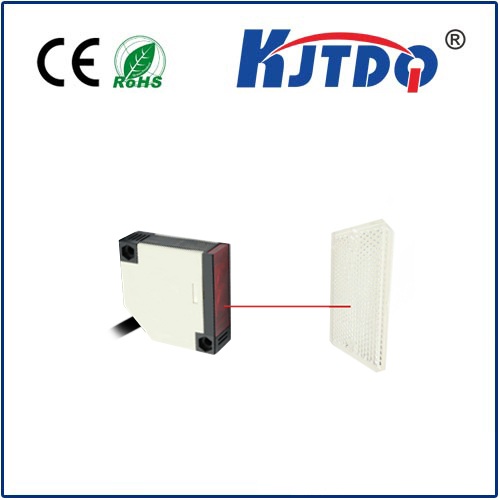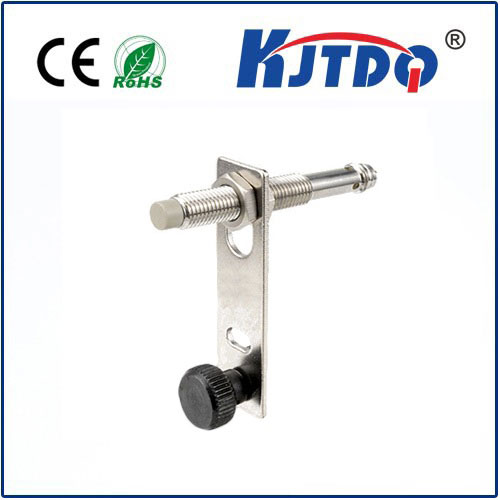
check

check

check

check
Title: The Versatile Woods Photoelectric Switch: A Game-Changer in Industrial Automation
Introduction:
In today's fast-paced industrial automation landscape, innovations are constantly shaping the way we manufacture goods and operate machinery. One such game-changer is the Woods photoelectric switch. This sophisticated device has become a cornerstone in enhancing efficiency, accuracy, and safety across various sectors. Let’s delve into the world of the Woods photoelectric switch and explore its significance in modern industries.
Photoelectric Technology: Setting the Stage:

Before understanding the Woods photoelectric switch, it's important to grasp the basics of photoelectric technology. At its core, a photoelectric switch uses a beam of light to detect objects or measure distances. When an object passes through or interrupts this beam, it triggers an electrical signal that can be used to control machines or systems. Woods, a reputable name in sensor technology, has refined this concept to create high-performing photoelectric switches that cater to diverse applications.
The Reliable Workhorse: Applications of the Woods Photoelectric Switch:
The Woods photoelectric switch is celebrated for its reliability and versatility. It serves as a critical component in assembly lines where precise detection is necessary to ensure products move seamlessly from one stage to another. For instance, they can detect the presence or absence of packages, control counting applications, or even aid in quality control by scanning for defects.
Safety First: Enhancing Protection Measures:
In environments where worker safety is paramount, such as conveyor belts or robotic arms, the Woods photoelectric switch acts as a safeguard. It can detect human presence or limb interference and immediately halt machinery operations, preventing potential injuries. Their quick response time and accurate detection capabilities make them indispensable safety features.
Integrating with Automation: The Role in Advanced Systems:
With the advent of smart manufacturing and Industry 4.0, the integration of photoelectric switches like those from Woods becomes even more crucial. They can seamlessly connect with programmable logic controllers (PLCs) and other automated systems, providing real-time data that can optimize production processes and reduce downtime.
Conclusion:
The Woods photoelectric switch stands at the intersection of reliability, precision, and safety. Its ability to adapt to various operational needs makes it a vital component in industries ranging from packaging and logistics to automotive and food processing. As we continue to embrace automation and smart technologies, the role of the Woods photoelectric switch will only become more significant, driving us toward more efficient and safer industrial futures.

